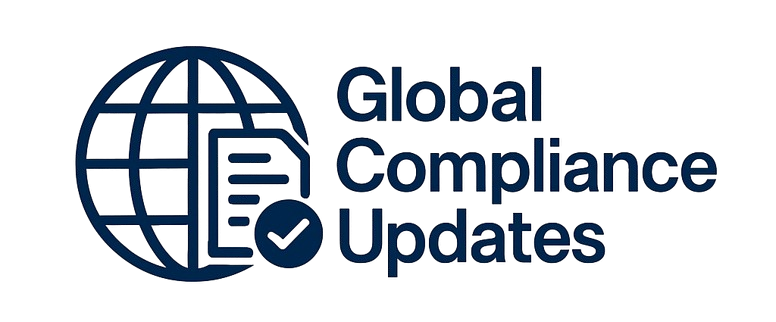The current technology-driven turbulent business environment presents many challenges to business professionals. One primary challenge is the ability to predict and plan for the future which is unexpectedly unpredictable. Changes are constant. Companies struggle constantly to find ways to manage resources and find ways to thrive and survive in this turbulent business environment. Traditional budgeting has been overtaken by these constantly changing events and is currently outdated and irrelevant for the following reasons:
- Too time-consuming
- Based on invalid assumptions
- Focuses on past events, not future possibilities
- Creates a "use it or lose it" mentality
- Restricts creative thinking in resource management
WHY SHOULD YOU ATTEND?
Rolling forecasts are the wave of the future. They are rapidly replacing traditional budgeting. This webinar outlines the critical differences and advantages of Rolling Forecasts over traditional budgeting. It challenges personnel responsible for managing resources to think outside the box and embrace the advantages of Rolling Forecasts.
AREA COVERED
- Using Key Business Drivers & Cash to influence & impact the future
- Why Rolling Forecasts are critical in today’s turbulent environment
- Definition of Key Business Drivers as the basis for rolling forecasts
- The relevance of cash as a Key Business Driver
- The Five Core Components of Rolling Forecasts
- The use of technology in developing & implementing Rolling Forecasts
- Simple Techniques to make it happen
- Simple samples and exercises to reinforce teaching points
- Using “What if” analogies to validate forecasts
- Benefits of Rolling Forecasts
- Pitfalls to prevent
- Selling the culture changes to make rolling forecasts acceptable
WHO WILL BENEFIT?
- Budget Analyst
- Financial Analyst
- Cost Center Managers and any position responsible for the management of resources
- Accounting Managers
- Chief Accountants
- Finance & Budget Managers
- Chief Financial Officers
- VP Finance
- Operation and Production Managers
Rolling forecasts are the wave of the future. They are rapidly replacing traditional budgeting. This webinar outlines the critical differences and advantages of Rolling Forecasts over traditional budgeting. It challenges personnel responsible for managing resources to think outside the box and embrace the advantages of Rolling Forecasts.
- Using Key Business Drivers & Cash to influence & impact the future
- Why Rolling Forecasts are critical in today’s turbulent environment
- Definition of Key Business Drivers as the basis for rolling forecasts
- The relevance of cash as a Key Business Driver
- The Five Core Components of Rolling Forecasts
- The use of technology in developing & implementing Rolling Forecasts
- Simple Techniques to make it happen
- Simple samples and exercises to reinforce teaching points
- Using “What if” analogies to validate forecasts
- Benefits of Rolling Forecasts
- Pitfalls to prevent
- Selling the culture changes to make rolling forecasts acceptable
- Budget Analyst
- Financial Analyst
- Cost Center Managers and any position responsible for the management of resources
- Accounting Managers
- Chief Accountants
- Finance & Budget Managers
- Chief Financial Officers
- VP Finance
- Operation and Production Managers
Speaker Profile
 Carl Young
Carl Young
Carl Young is an Author, Speaker, Trainer, Consultant, and Coach. He holds a MBA and completed graduate studies in Accounting and Taxation. He is a former CFO of a 275M, high growth technology based company. He has over 25 years of senior level business management experience. In addition, he has over 25 years of training experience in finance, accounting and business management. Former CEO of his own small parts manufacturing company as well as former Senior Financial Associate of major consulting firm. Carl is a member of the following organizations: American Society of Corporate Controllers, Council of Experts (investment firm …
Upcoming Webinars

ChatGPT and Project Management: Leveraging AI for Project M…

Workplace Investigations 101: How to Conduct your Investiga…

Project Management for administrative professionals

The Monte Carlo Simulations in Excel for Risky Investments

Onboarding is NOT Orientation - How to Improve the New Empl…

Dealing With Difficult People: At Work & In Life

Transform Data into Insights: A Beginners Guide to Excel Pi…

Construction Lending And Real Credit Administration: Evalua…

Understanding Accounting for non - Accounting professionals

Harassment, Bullying, Gossip, Confrontational and Disruptiv…

New Form 1099 Reporting Requirements: 2025 Compliance Update

Human Error Reduction Techniques for Floor Supervisors

HR Metrics and Analytics 2025 - Update on Strategic Plannin…

Treating Employees Like Adults: Discipline versus Empowerme…

7 Ways To Beat Burnout: Without Quitting Your Job


How to Write Procedures to Avoid Human Errors

Handbook Overhaul 2026: Compliance, OBBB Act & Beyond

FDA Proposes Framework to Advance Credibility of AI Models

Ethical Terminations: Navigating Employee Exits with Legal …

Understanding EBITDA – Definition, Formula & Calculation

Project Management for Non-Project Managers - Scheduling yo…

4-Hour Virtual Seminar on Hidden Secrets of Selling & Marke…

Validation Statistics for Non-Statisticians

Data Integrity and Privacy: Compliance with 21 CFR Part 11,…


The Alphabet Soup: When the FMLA, ADA, COBRA, and Workers' …

Talent Management: How to Leverage AI and ChatGPT Tools for…


Offboarding with Care: Conducting Legal & Ethical Employee …

2-Hour Virtual Seminar on How to Conduct an Internal Harass…

Payments Fraud Detect & Prevent Check, ACH and P-Card Schem…

Managing Toxic & Other Employees Who have Attitude Issues



Reduce Stress in the Workplace: Effective Ways to Handle Co…





Excel - Pivot Tables - The Key To Modern Data Analysis and …
